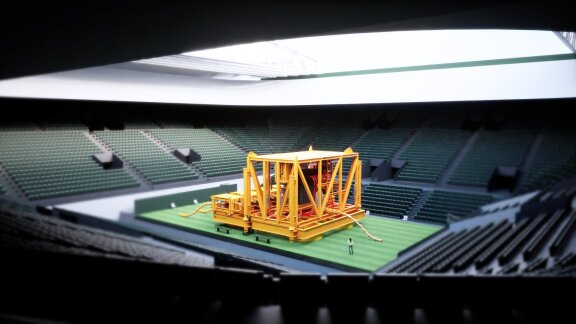Subsea Substation – Unlocking the potential of floating offshore wind
November 22, 2022
Key challenges in developing offshore floating wind to the scale needed for the energy transition, are both related to cost and technology.
By moving the substation from its traditional placement above the sea surface to the seabed, significant improvements are achieved. This is a key to unlocking the potential of offshore floating wind.
The Subsea Substation will:
- reduce cost by up to 30 percent
- lower CO2 emissions
- improve energy efficiency
- eliminate personnel safety issues as there are no manned operations
In terms of technical offerings, the subsea substation comes as standardized modules, which can be added in parallel as building blocks supporting up to several gigawatts.
With its solid structure, the substation can be positioned at depths of 1,500 meters beneath the sea surface and is resilient in any weather conditions globally.
As for the design life, it has a minimum of 30 years without the need for maintenance, and thus provides significant cost savings.
See the video below with our project manager Marius Asak. He has spent 14 years working within subsea power for the oil and gas industry, and recently joined Aker Solutions to use his experience to develop large scale floating wind.
Marius explains what the Subsea Substation is and how it works:
“A single unit of the Subsea Substation can supply renewable electricity to half a million households, which is the equivalent of Norway’s capital city Oslo”, says Marius Asak.
The Subsea Substation is developed by Aker Solutions in collaboration with ABB and Benestad. It is one of four projects in the Ocean Grid program supported by the Norwegian Research Council and Innovation Norway.
The Subsea Substation will be available for the market in 2024.